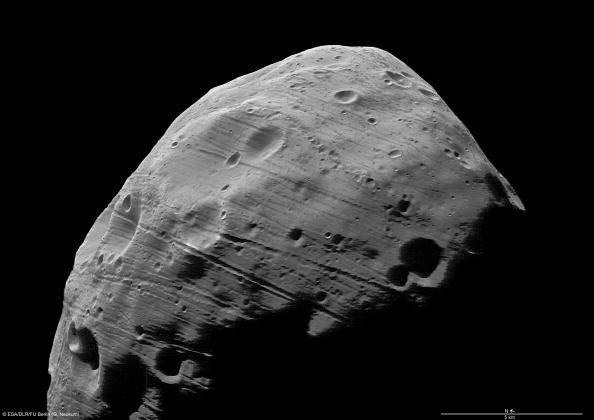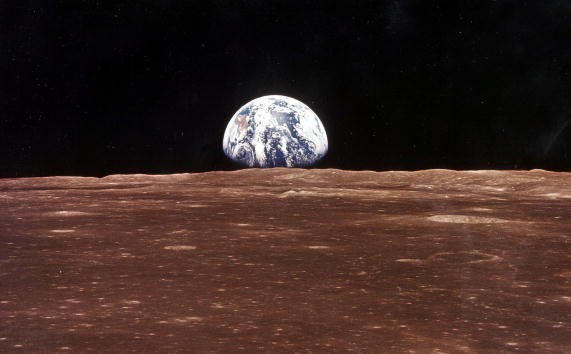NASA (National Aeronautics and Space Administration) acquired an ancient moon sample after its successful Apollo 17 mission back in 1972, which is around 50 years ago.

And now, a new global research collaboration, which includes space experts and researchers from the United Kingdom, Sweden, Canada, and Australia, is planning to analyze this old moon rock.
They will use a new modern space lens, specifically developed by Curtin Univerity's Geoscience Atom Probe Facility and Space Science and Technology Center or SSTC.
The involved researchers announced that they will use the new advanced space tool to find out the ancient moon sample's age, geological trajectory, as well as its crater location.
NASA's Ancient Moon Rock To Be Analyzed
Curtin University's researchers explained that they were able to make the new space lens using the most advanced analytical equipment.
Phys Org reported that this tool will accurately date the sample and conduct sophisticated numerical impact simulations.

Also Read : [WATCH] NASA is Investigating 'Rosetta Stone' Eruption to Discover More About Sun Explosions
STTC added that these innovations will help them determine the exact source crater of the ancient space rock acquired by NASA.
"Through a truly international collaborative effort, we have connected a tiny lunar sample investigated on a microscopic scale with the moment when the moon's surface was smashed by a major impact event," said Katarina Miljkovic, STTC's Co-author Associate Professor.
"The study showcases the extent of Curtin's analytical and numerical capability to solve complex geological problems on a planetary scale," added the researcher.
NASA To Solve Lunar Dust Problem
NASA is currently conducting various space missions that are certainly intriguing. These include its latest Mars Curiosity Rover, Venus Missions, and other out-of-this-world activities.
And now, the space agency seems to be preparing for its manned and unmanned Artemis missions. NASA claimed that these will help it make a big return to the moon in the coming years.
However, NASA still hasn't confirmed its final moon return schedule. On the other hand, the space agency also claimed that its Artemis missions could solve the major Lunar Dust issue, which involves sharp particles.
Slash Gear explained that this is a major problem since the dust can damage tools and endanger astronauts since the particles can damage their lungs.
For more news updates about NASA and new space-related stories, always keep your tabs open here at TechTimes.
Related Article : NASA Mars Helicopter Successfully Completes 7th Flight
This article is owned by TechTimes
Written by: Griffin Davis




